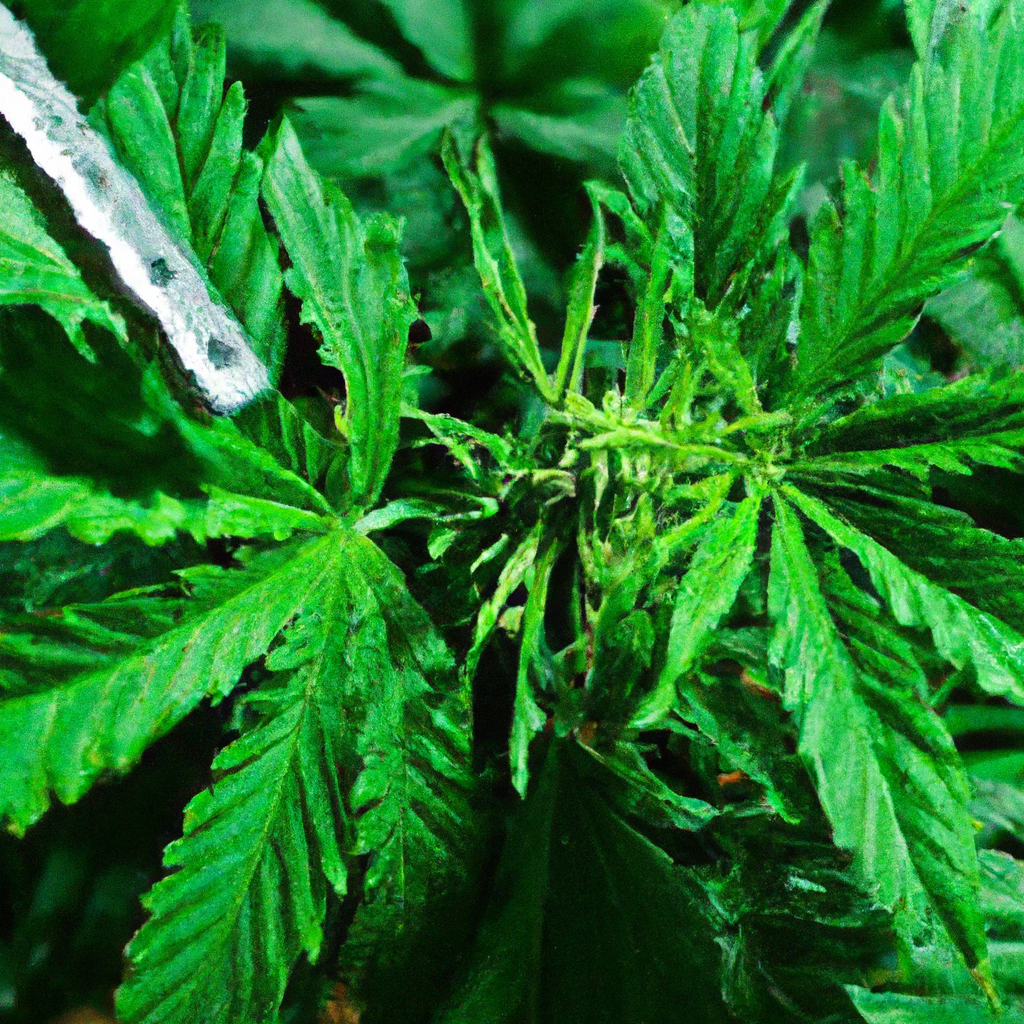by John “Magic” Greenleaf
Growing greatness, one strain at a time. As a seasoned cannabis cultivator in the heart of Colorado, I’ve seen the transformation of cultivation techniques over the decades. One of the most fascinating advancements in the grower’s toolbox is the integration of sensor technology. Whether you’re just starting or looking to refine an existing setup, understanding how sensors revolutionize cannabis cultivation can be a game-changer.
Why Sensor Technology?
Sensors in cannabis cultivation provide real-time data, allowing growers to make informed decisions quickly. This data ensures optimal growing conditions, leading to higher yields, enhanced potency, and healthier plants.
Key Sensor Solutions
- Environmental Sensors: These monitor temperature, humidity, and CO2 levels. Keeping these in check prevents common issues like mold and poor bud development.
- Soil Moisture Sensors: Essential for water efficiency, these sensors prevent over or under-watering, a critical factor for robust root systems.
- Light Sensors: By measuring the intensity and duration of light exposure, growers can fine-tune lighting schedules for maximum photosynthesis.
- pH Monitors: Ensuring your medium maintains the correct pH levels can significantly affect nutrient uptake and plant health.
Implementing Sensor Technology
Integrating sensors doesn’t have to be overwhelming. Start small by identifying the areas of your cultivation that need the most attention. Many systems offer modular designs, making it easy to add new sensors as you become more comfortable with the technology.
- Research: Identify the type of sensors that fit your growing environment—indoor or outdoor.
- Set Up Incrementally: Avoid the temptation to install everything at once. Begin with environmental sensors and expand from there.
- Analyze Data: Use the data collected to tweak and refine your grow room setup. Look for trends and outliers that can offer insights into improving growth conditions.
The Future of Cultivation
Sensor technology represents the future of cannabis cultivation, offering unparalleled precision and efficiency. As growers embrace these tools, the potential for innovation and yield optimization is tremendous. My advice? Let the sensors do the heavy lifting and focus on nurturing the art of growing cannabis.
Tags: Sensor Technology, Sustainable Cultivation, Advanced Genetics


Leave a Reply